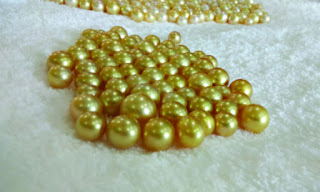RAPAPORT... The US government has placed sanctions on Myanmar Pearl Enterprise, a key state-owned economic resource for Myanmar’s military regime, amid “violent” repression of pro-democracy protests in the southeast Asian nation.
The company is a “political subdivision, agency, or instrumentality” of the government in Myanmar, which is also known as Burma, the Department of the Treasury said in a statement Wednesday. The order bans all transactions by US persons that involve any property or interests in the property of “designated or otherwise blocked persons” related to the company, effectively ruling it out from doing any meaningful business in the US.
The military derives “significant funding from state-owned enterprises in the natural-resources market,” said Andrea Gacki, director at the Treasury’s Office of Foreign Assets Control (OFAC). “Today’s action demonstrates the United States’ commitment to targeting this specific funding channel and promoting accountability for those responsible for the coup and ongoing violence.”
Myanmar Pearl Enterprise, which sells pearls through the Myanmar Pearl Event, is a key generator of government revenue. All Myanmar Pearl Enterprise assets in the US — or in the possession or control of US persons — are “blocked and must be reported,” the statement added.




.jpg)

.jpg)






